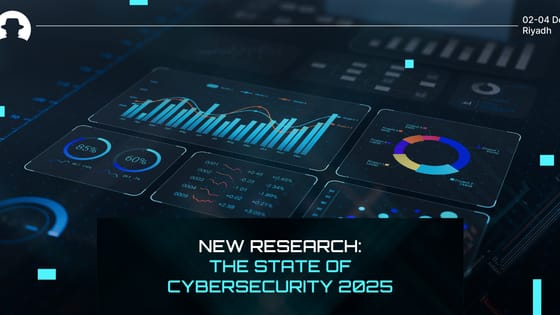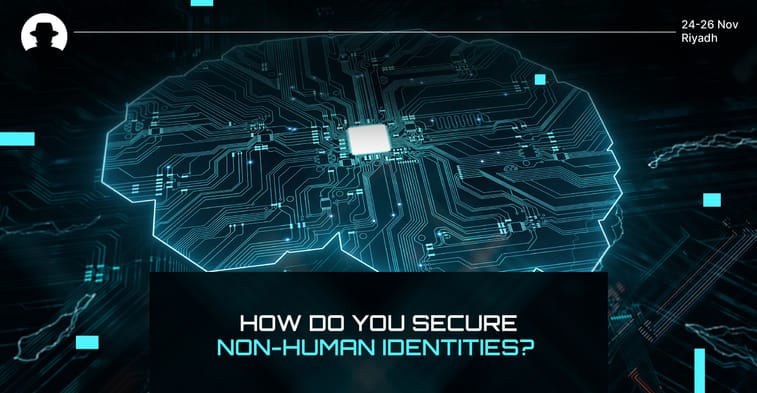
New research: The state of cybersecurity 2025
AI disruption, political threats, shrinking budgets. Wipro’s Cybersecurity Report 2025 reveals the trends shaping security strategy, and how leaders can respond.
Read More
A new class of identities has emerged across the digital landscape: non-human identities (NHIs), which exist alongside human users. In a new guide, identity security firm Permiso has dug into the world of NHIs to help security leaders understand how they’re created, how they’re managed, and how they’re intertwined with human identities.
NHIs include service accounts, API keys, and machine identities. According to Permiso, they’re created and managed by human actions in order to enable automated processes, cloud services, and system-to-system communications.
But because NHIs are emerging on such a large scale and so rapidly, they’re now frequently outpacing the human identities within IT ecosystems – and this demands that organisations change their understanding of identity security. Instead of focusing on human identities, it’s critical that we include NHIs in security management; because if we neglect them, they have the potential to become a widespread vulnerability.
NHIs created by a human identity can exist in a system even after that human has been removed. For example, an employee is made redundant and their human identity is scrubbed from your network; but the NHIs that person left behind remain in the network, unmanaged and unsecured.
Permiso identified four critical gaps in NHI security that are putting organisations at risk:
Permiso’s researchers urge security leaders to implement least privilege principles across all identities – both human and non-human. This ensures that all identities can only access areas of a network that are essential for their specific function, and can significantly reduce the risks associated with neglected NHIs.
Real-time monitoring of all identity types is also critical to enable an organisation’s security team to establish baselines for behaviours around the clock – so anomaly detection can become more effective for NHIs.
Finally, organisations should conduct regular and comprehensive audits of their identity landscape in order to uncover hidden NHIs, detect behavioural anomalies, and identify NHIs that are violating identity security policy.
All security leaders should expand their knowledge of non-human identities and work to develop clear policies and security systems that recognise the potential risks of NHIs in their networks.
Join us at Black Hat MEA 2025 to share your perspective and meet potential partners – and shape the future together.
Join the newsletter to receive the latest updates in your inbox.

AI disruption, political threats, shrinking budgets. Wipro’s Cybersecurity Report 2025 reveals the trends shaping security strategy, and how leaders can respond.
Read More
Cybersecurity doesn’t just protect against risk – it creates value. Discover how strategic, embedded cyber practices drive transformation and business growth.
Read More
New research on vendor email compromise attacks shows that nearly half of employees fall for malicious emails, and 98.5% go unreported.
Read More